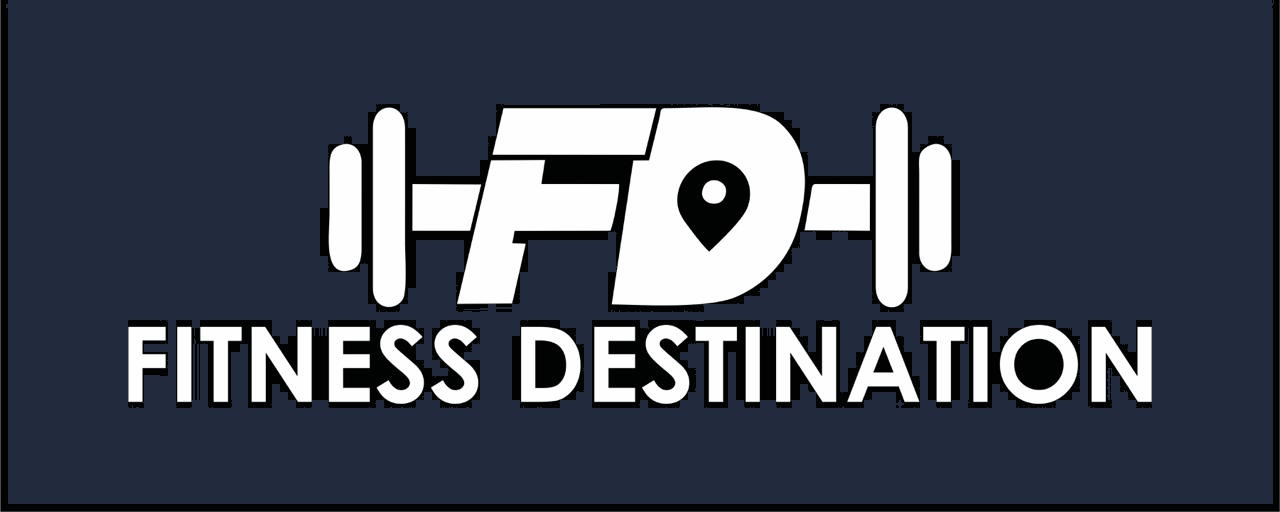AFTER TRAINING
Directly after a tough workout, the body is warm from muscle contractions. Part of this process is vasoconstriction and vasodilation. Vasodilation occurs when blood vessels expand or widen. And blood vessels constrict or narrow during vasoconstriction. Constant muscle contraction and vasodilation increase blood flow to working muscles in the body. Stretching, foam rolling, and amino acid consumption can help you recover from an intense workout.
Stretching
As you exercise, your body produces lactic acid. Lactic acid is a chemical produced in the blood as a result of anaerobic respiration. Cooling down and performing static stretching post-workout helps eliminate accumulated lactic acid in the body. Flushing out this excess lactic acid and dead muscle cells allows aching muscles to relax. This tells the body your workout is complete. Cool downs ensure a slow heart rate recovery and regulate blood pressure. This prevents dizziness and nausea by avoiding blood pooling. If you have ever felt like passing out after a workout this is because you went too quickly from an intense burst of effort to stopping completely. It causes a large drop in heart rate. It is crucial to keep moving and gradually let your heart rate recover. The goal is to ensure optimal blood flow and regulation of resting heart rate. Otherwise a buildup of blood gathers in the veins once your muscles stop contracting. A proper cool down should last 3-10 minutes and consist of low-intensity movements.
Foam Rolling
Once you properly cool down, you can foam roll major muscles worked that day. Areas that are more tender have more adhesions. Focus mainly on these spots. Foam rolling stimulates blood flow in problem areas bringing more oxygen to the muscles. Oxygen during exercise helps muscles convert sugar into energy. The same principle applies after; it brings nutrients into the muscle to help speed up muscle recovery time.
